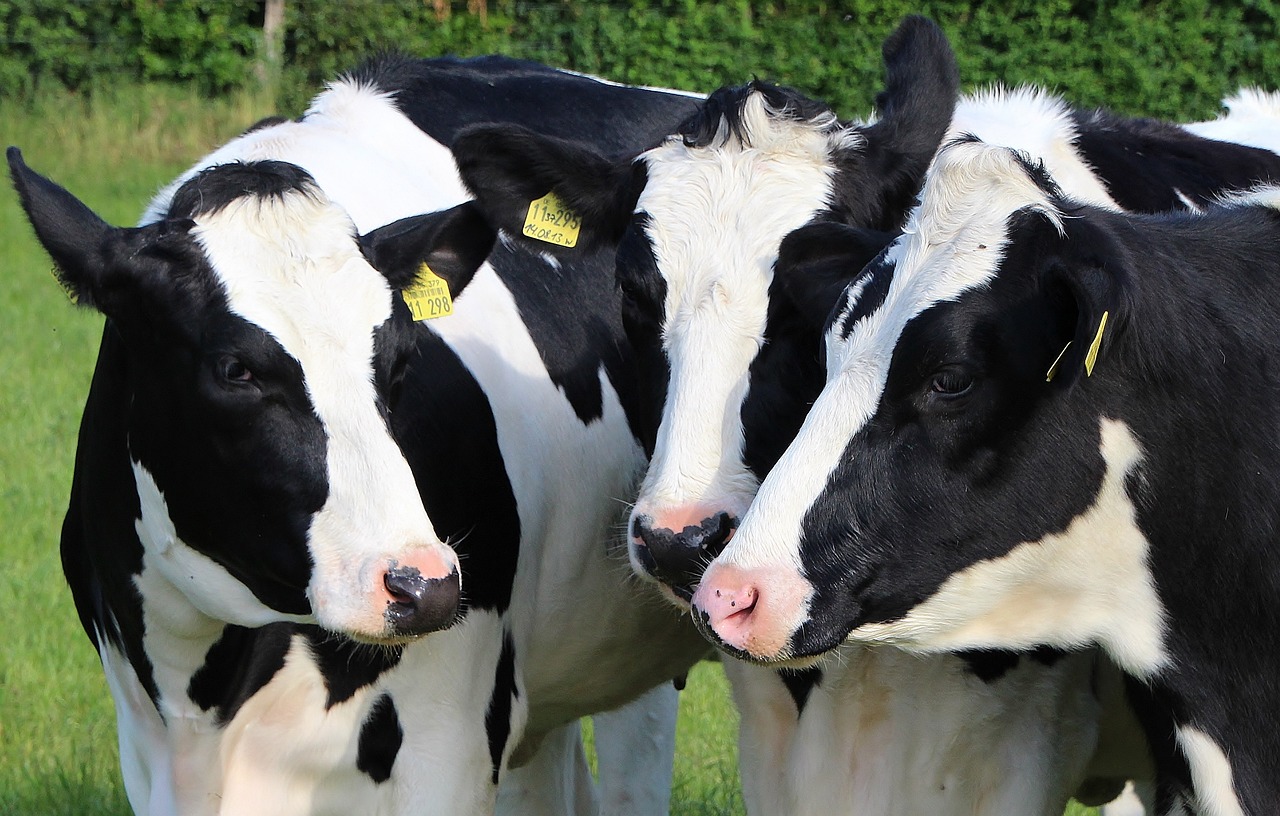
The next big pandemic threat that scientists hope to prevent is the H5N1 avian influenza virus. The same virus has infected more than 200 dairy cow herds in at least 14 states. And as of this recording, 16n people have tested positive for the virus. All but one farm worker had direct contact with infected animals. And the one case in Missouri with no animal contact is still untraceable. The concern is that as this virus has become more adept at spreading among dairy cows and as more farmworkers get the virus, it could mutate to infect humans easily.
The virus was first identified in the 1990s in Southern China’s farm birds. Since then, it has become the dominant strain of bird flu in bird populations worldwide. Millions of wild and domestic birds have died and three years ago, it began infecting chickens in the US and eventually, dairy cows. As for humans, the first human deaths were reported in Hong Kong in 1997. Overall, nearly 900 human infections worldwide have been reported with more than half being fatal.
Even with this knowledge, some people still drink raw milk. Most commercial milk is pasteurized which heats milk to high temperatures killing pathogens such as viruses including H5N1 flu virus. Scientists are closely monitoring the spread of H5N1, and we hope we won’t have to face the threat of another epidemic or worse, pandemic.
More Information
H5 Bird Flu: Current Situation
H5 bird flu is widespread in wild birds worldwide and is causing outbreaks in poultry and U.S. dairy cows with several recent human cases in U.S. dairy and poultry workers. While the current public health risk is low, CDC is watching the situation carefully and working with states to monitor people with animal exposures.
Is ‘cow flu’ here to stay? Three months after it emerged, fears are growing
Feeble U.S. government response and limited cooperation from the dairy industry have complicated elimination
Study confirms mammal-to-mammal avian flu spread
A new study provides evidence that a spillover of avian influenza from birds to dairy cattle across several U.S. states has now led to mammal-to-mammal transmission – between cows and from cows to cats and a raccoon.